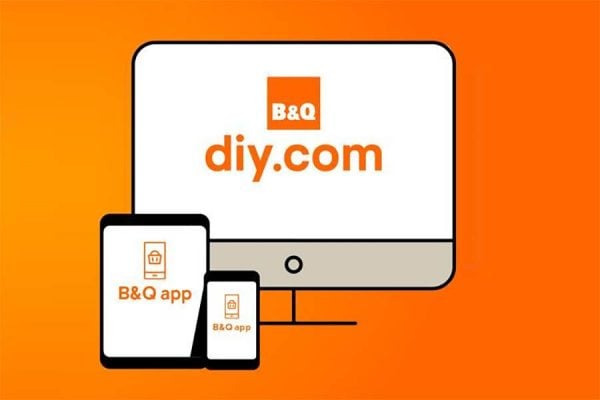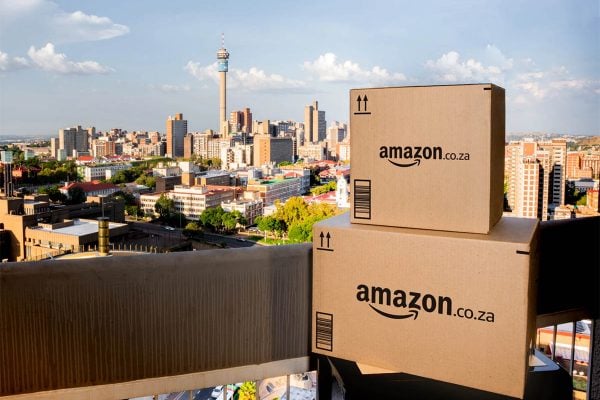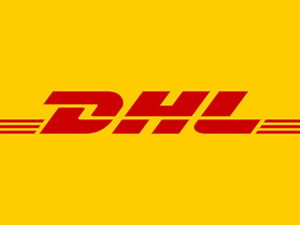For many shoppers, the check out part of a website – as with a real world shop – should be called ‘pain-ments’. While a great deal of effort goes into the design and functionality of websites, little if any thought goes into making the payments part work well – and it costs businesses dear.
According to research by payment provider Adyen, a third (32%) of online shoppers log off without buying anything because of payment difficulties. When asked why, 32% of customers cited lengthy payment processes as their number one reason. This was followed by the poor implementation of chosen payment method, (25%) and the lack of relevant payment options. The same is true for in-app payments, with customers citing payment options as the top reason for abandoning their baskets.
“Understanding how to deliver a great payment experience is critical to closing sales,” says Myles Dawson, UK Country Manager for Adyen. “It’s no longer a question of cash or card, shoppers want a variety of payment methods, from pre-paid wallets to mobile methods. With so many new payment options emerging, retailers need to work with a provider that can help them keep up with consumer expectations. Get payments right, and you’ll have an edge over the competition, but you must act now to have the advantage.
As we approach the biggest shopping period of the year with Black Friday, Cyber Monday and the general festive rush, retailers can help boost their customers’ shopping experience during a generally stressful time. “By delivering a range of payment options that can streamline the purchasing process, retailers stand to be in a better position to appeal to customers,” warns Dawson.
The problem is also to be found in real world stores too, with Adyen finding that nearly half (45%) of all consumers abandon in-store purchases because of queues and other barriers to a quick and easy check-out.
But, while UK shoppers complain about payment pain points in store – and online – US shoppers are embracing Apple Pay with alacrity.
The latest insights from the Boston Retail Partners suggests that Apple Pay is already the top choice in retail digital payments. It finds that 36% of North American retailers already accept Apple as a payment option and that is more than any other digital payment system.
Roughly a third of North American retailers already accept PayPal. However, the report goes on to suggest that, within the next year, more than half of all North American retailers plan to accept Paypal. Apple Pay’s acceptance rate is predicted to approach a very significant 60% this year.
All this means that payment issues in store are being widely addressed by US retailers at least, giving much pause for thought for UK retailers.








One Response
if your customer wants to give you money, take it, in whatever (legitimate) form it comes.
was really pleased with the Shopify store (as usual), one day it just popped up with
“would you like to accept apple pay? click this button.
Thanks, You now accept apple pay.”
genuinely cannot think of a way it could possibly have been any easier. if a rep from apple came round to set it up in person for me, i’d still need to get out my seat to answer the door.
ebay on the other hand, well, where to start….
we had to stop accepting cheques because they were nothing but hassle, not by choice, we want any legitimate payment method we can bank, but ebay seem to believe we should post items before cheques clear, and instill that same belief in the customer.
we accept cards, but ebay make it as confusing as possible for the customer, they call it “other payment method – read description” and then we’re not allowed to detail how to actually pay in the description, since it involves phoning us.
then they send a confirmation saying very clearly “your order has been paid” when it hasn’t.
the customer who has not paid, can then tick a box on ebay to say they have paid, which doesn’t do anything other than mark the order as paid on the customers end, and then as far as they can see the order is paid in full. No further explanation is offered by ebay as to why, the customer thinks that has actually made the payment, leading to no end of complaints with “but ebay say i’ve paid it”.